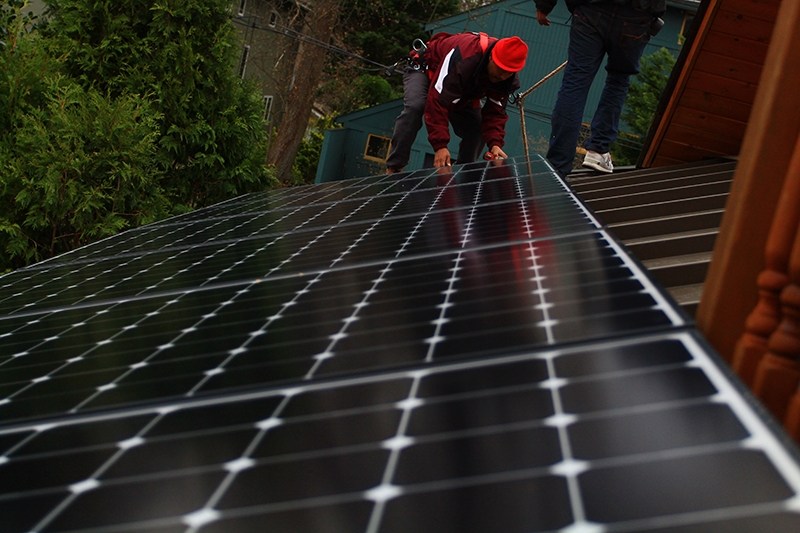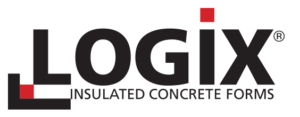6 ways to cut back on energy bills
It’s no secret that the cost of everyday living is high. We could all use a break on some expenses. And there’s even more need to reduce our energy bills now that we’re feeling the effects of climate change more often, including extreme temperatures that force us to regularly crank the heat and air conditioning.Here are six reliable ways you can reduce energy spending – from simple to perhaps surprising. Take advantage of smart tech There are plenty of tools to help you automatically reduce the amount of energy your home consumes – all with minimal impact on your comfort levels. Set up a home energy monitor to understand how much energy you use and when. A “smart” or programmable thermostat can automate changes for you to optimize performance depending on the climate or season. It can turn down the heat at night while you sleep, when no one’s home, or whenever you choose. You can also program it to readjust temperatures on your commute home or at a certain time in the morning. The customizations are endless to make your existing mechanical systems more efficient and aligned with your schedule and personal preferences. To continue reading ways to cut [...]













